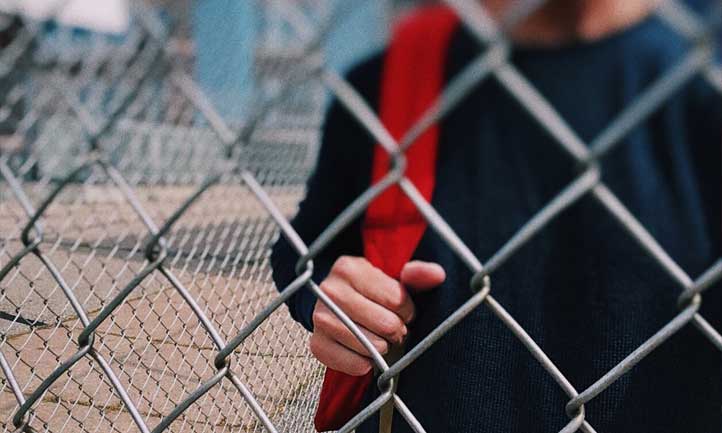Heading Back to School Can Be a Challenging Process for Surviving Children
Author: Andy McNiel
Supporting Bereaved Children as They Return to School
As you prepare to send your child (children) back to school, we know this can bring on a mix of complicated emotions, for both parents/guardians and bereaved children. At TAPS, you are never alone, and we are here to support you with information and resources to navigate every aspect of your grief journey, including as you support and set up support systems for your child at their school.
Each year, this process starts anew - new teachers, new classmates, new schedule, possibly a new school - and having to inform those school employees and teachers of your loss, and how they can support your grieving child is an important foundational step for your family.

Children who are grieving the death of a family member face many challenges in their daily lives, including within the school environment. Schools have a responsibility and an opportunity to support the unique needs of bereaved children as they return to the classroom, whether immediately after a death or further along in their grief, as they transition to a higher grade.
TAPS is here to help with some suggestions on how schools can provide a supportive environment for students who may be grieving the death of a family member or friend.
Open Communication between Parent/Guardian of Bereaved Students and Educators
Parents/Guardians can initiate a phone call or meeting to open communication with the new school or teachers to discuss the needs of their child who is grieving. Students are not always as forthcoming with information about their grief because talking about their grief may be painful. Parents/Guardians can update teachers on how grief has impacted their child, where they are with their grief at the moment, and how their child best receives support.
Learn More about How Grief Impacts Children and Teens
Sharing resources with teachers on how grief impacts children and what support is helpful for children who are grieving can help provide a supportive education environment. As a teacher becomes grief informed, she/he can incorporate these sensitivities into the classroom and into her/his interactions with grieving students. The Coalition for Grieving Students offers information and suggestions about children’s grief at school.

The three things most children want others to know about their grief are:
-
“My grief is personal and unique to my relationship with the person who died.”
Each child will grieve in the way that feels most natural to them. There is no template for “normal” grief. Rather, each child is in the process of adapting to a new normal after the death of a family member or friend. -
“I may or may not want to talk about my grief at school.”
Check in with a child who is grieving to see what their comfort level is with talking about their grief or the person who died. Acknowledge that you are aware of their loss, that you care about them, and you want to be supportive to them in whatever way might be helpful. -
“My grief will last longer than others might think it should and will impact me in different ways as I grow and develop.”
Time does not heal all wounds, particularly when it comes to grief over the death of a family member or friend. Grief is enduring and will continue to impact a child’s life as they grow and develop. No matter how long ago a child has experienced a death, we should not assume the grief has abated. Each new teacher should be informed of a student’s loss history and communicate with parents about where a child may be in their grief at that time.
Offer Options for Support or Respite
It is helpful when a child who is grieving knows what options are available to them for support. Identify a “safe” adult at the school, whether a counselor, teacher, or administrator, who can be an ongoing supportive person in the child’s life as they navigate school from day to day, month to month, and year to year. Teachers can offer bereaved students the opportunity to step out of the classroom to talk to a counselor or other supportive person, or to take a few minutes to themselves, as grief can be unpredictable.
Incorporating these basic suggestions into the school and classroom can provide a supportive environment to a bereaved child. For more information about how to support children who are grieving, please visit the Coalition to Support Grieving Students.
At TAPS, we understand that grief is a process for us, as well as our children, and we recognize that their needs may change each year as they progress through school. TAPS is always here to provide support and resources at 800.959.TAPS (8277) or via info@taps.org.
Andy McNiel, MA, is the Senior Advisor, TAPS Youth Programs.
Photos: Pixabay
